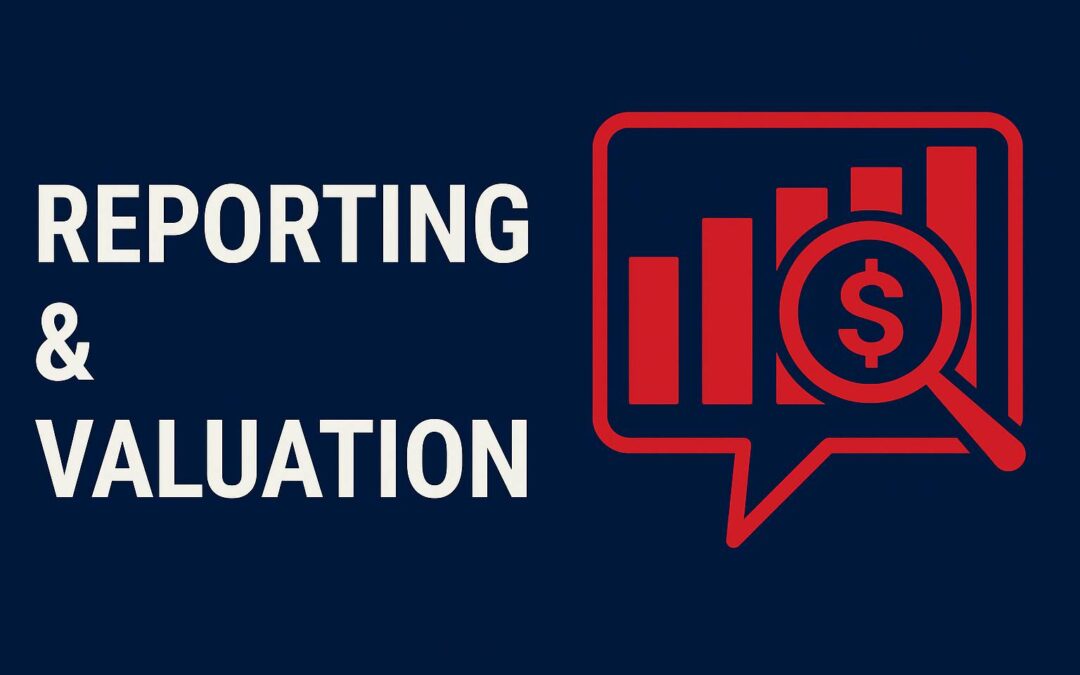Understanding Valuation in Canadian Go-Public Transactions
Why This Matters
In any go-public transaction—whether through an IPO, RTO, CPC, or direct listing—valuation is the number everyone stares at first. Founders want a high one. Investors want a justifiable one. Exchanges want a supportable one. But in Canadian small-cap markets, valuation is as much about structure, comparables, and narrative as it is about financials.
Getting it wrong can stall the transaction, misalign shareholders, or even block exchange approval. Getting it right can accelerate the raise, support liquidity, and build early investor confidence.
The Illusion of Precision
Valuation is often portrayed as a science: run the numbers, apply the multiple, and you have your number. But in pre-revenue or early-stage companies—the norm in many Canadian listings—there is no EBITDA, no historic revenue, and limited visibility on cash flow.
So what happens? Valuation becomes a function of comparables, deal precedent, capital raised, and what the market will tolerate. That doesn’t make it arbitrary—but it does make it contextual.
Key Valuation Anchors in a Go-Public Deal
- Shell Valuation (in an RTO): The fair market value of the public company being acquired, often in the $1M–$1.5M range. This acts as one side of the exchange ratio.
- Private Company Valuation: Negotiated based on recent financings, IP assets, revenue models, or third-party reports. Usually ranges from $5M–$25M in early-stage deals, but varies significantly by sector.
- Concurrent Financing: The price per share in a capital raise (e.g., $0.25 or $0.50) often backsolves the valuation based on post-money expectations.
- Exchange Guidance: The TSXV and Cboe Canada, for instance, may require valuation fairness opinions or comparables to support pricing—especially in related-party or non-arm’s-length RTOs.
What Founders Often Miss
Founders tend to fixate on achieving the highest valuation possible. But in early go-public transactions, overpricing can kill liquidity, sour early investor relations, and attract scrutiny from regulators.
Instead, founders should think of valuation as part of a broader positioning strategy. Ask:
- Will our valuation support follow-on raises?
- Will it attract or repel the investor base we’re targeting?
- Does it align with the story we’re telling in our investor materials?
- Can we grow into this valuation within the next 12–18 months?
Valuation as a Negotiated Outcome
Valuation is not set by accountants. It’s set through deal dynamics. Key players influencing the number include:
- Lead investors who negotiate the terms of the raise
- Shell owners who calculate their exchange ratio economics
- Auditors who assess accounting fairness and asset contributions
- Exchanges that approve or question pricing logic
The best way to approach valuation is to treat it like any other negotiation—prepare, understand your leverage, and be ready to justify your position with comps, precedents, and a credible growth plan.
How Exchanges View It
For reverse takeovers and CPC transactions, the TSXV will generally want to see:
- A clear valuation basis (prior financing, 409A/valuation report, or market comparables)
- That the value received by shell shareholders is fair (i.e., not unduly diluted)
- That the resulting share price after the RTO aligns with public market norms ($0.10 or $0.25 minimums often apply)
In IPOs, a full prospectus and underwriter process usually determines pricing. But even then, valuation is shaped as much by market appetite as by company fundamentals.
Closing Thought
Valuation isn’t a fixed number—it’s a story wrapped in numbers, context, and credibility. Founders who treat it as a collaborative, market-informed process tend to structure better deals—and build stronger public companies as a result.
For more insight into setting valuation in Canadian go-public deals, contact us.

